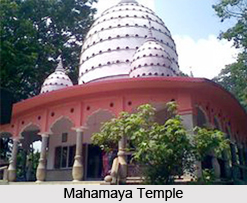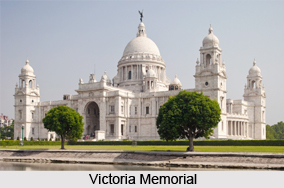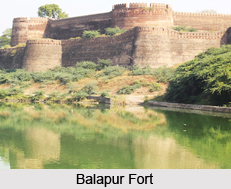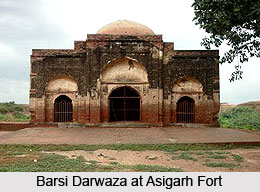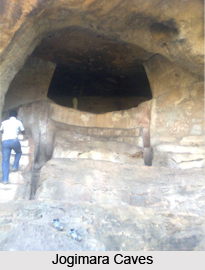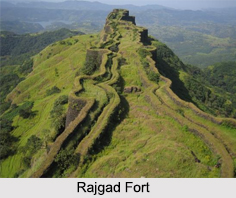 Rajgad Fort is an ancient hill fort situated in the Pune district of Maharashtra. It is one of the top tourist places in Pune and also one of the popular places of trekking in Maharashtra. Earlier, the fort was known as "Murumdev", as it was built on a hill called Murumbadevi Dongar meaning "Mountain of the Goddess Murumba".
Rajgad Fort is an ancient hill fort situated in the Pune district of Maharashtra. It is one of the top tourist places in Pune and also one of the popular places of trekking in Maharashtra. Earlier, the fort was known as "Murumdev", as it was built on a hill called Murumbadevi Dongar meaning "Mountain of the Goddess Murumba".
Rajgad Fort was the capital of the Maratha Empire under the rule of Chhatrapati Shivaji Maharaj for almost 26 years, after which the capital was moved to the Raigad Fort. The Rajgad Fort was built with the treasure found on the adjacent Torna Fort.
History of Rajgad Fort
Rajgad Fort has stood witness to many significant historic events such as the birth of Shivaji"s son "Rajaram Chhatrapati", the death of Shivaji"s Queen Saibai, the return of Shivaji from Agra and Afzal Khan"s head is buried in the fort in the Maha Darwaza walls of Balekilla.
The Rajgad Fort was also one of the 17 forts that Chhatrapati Shivaji Maharaj kept when he signed the Treaty of Purandar in 1665, with the Mughal General Jai Singh I, leader of the Mughal forces. Under this treaty, 23 forts were handed over to the Mughals.
Structure of Rajgad Fort
Rajgad Fort lies 1,376 m above the sea level in the Sahyadris Mountain range. It is one of the massively spread fortresses under the Maratha empire. Its diameter at the base of the foothill is almost 40 kilometres which makes it very difficult for enemy forces to lay siege on it. Like all military establishments constructed by the Maratha Empire, the Rajgad Fort doubles up as a watch tower for military advantage and security and at the same time has an intricate complex system with structures and monuments. The Rajgad Fort is divided into four parts;
•Sanjeevani Machi: Located on the southwest end, this extends approximately for 2.5 km along with many cisterns.
•Suvela Machi: Located on the eastern part of Rajgad fort, this is a narrow strip that leads to a fortified end.
•Padmavati Machi: This part of Rajgad Fort was a military base as well as a residential area.
•Balekilla: This site is one of the highest parts in the Fort Rajgad that includes caves, water cisterns and palaces. The entrance door of the Balekilla is called as "Maha Darwaza".
Rajgad Fort is an example of splendid design and construction. The fort"s ruins consist of palaces, water cisterns and caves.
Trekking Route to Rajgad Fort
Rajgad Fort is amongst the most popular trekking destinations near Pune. There are several trekking routes to reach the Fort. Trek to Padmavati Machi via Chor Darwaza is the most popular route and the trek starts from Gunjawane village. From Gunjawane, the 4.5 km trek is a little bit tough and it takes almost 3 and half hours to reach Padmavati Machi.
The trek via Pali Darwaza is a simple climb and it starts from Pali village. The 3.5 km trek from Pali should take approximately 2 hours to reach the fort. There is another route called Bhor route which starts from Bhutonde. From Bhutonde village, a 3 to 4 hours trek will take visitors to reach Rajgad Fort.
Visiting Information of Rajgad Fort
Gunjawane, the base village of Rajgad Fort Trek is located around 208 kms from Mumbai and 65 kms from Pune. Mumbai and Pune are well connected to other parts of the country by railways and roadways. From Mumbai, one can catch a train or a bus to Pune.
